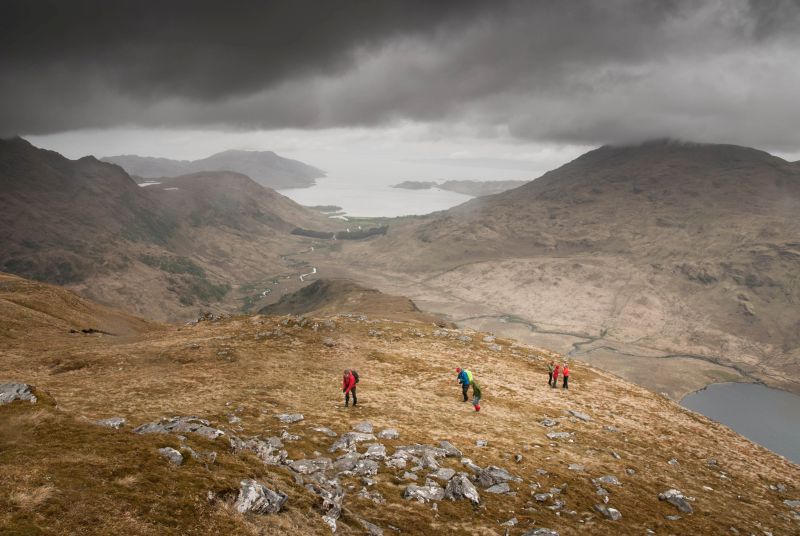Whether you are planning an expedition in the UK, Europe or further afield, there are always health considerations to be mindful of, especially when you’re engaging in hazardous activities.
While hiking up Snowdon may not seem like the most dangerous of pursuits, you’d be surprised by how many people get into trouble on peaks in the UK. From minor cuts and scrapes to twisted ankles and fearsome blisters, there’s always something to be mindful of.
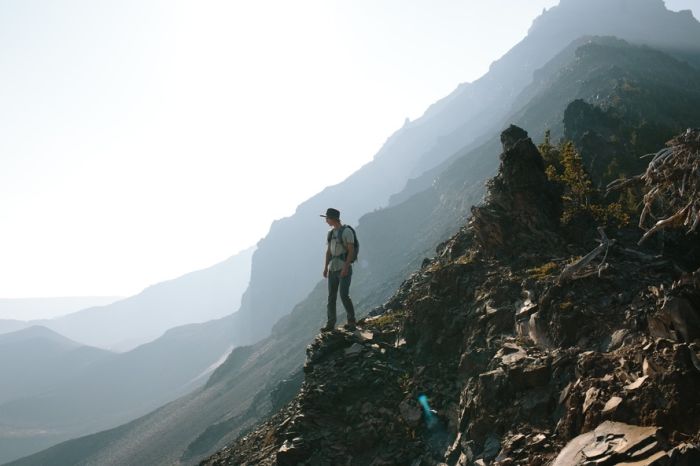
As you take these activities abroad, to more exotic locations and to higher altitudes, the risks also start to grow. Here, we team up with Kays Medical, the number one supplier of Blue Lion travel first aid kits and travel pharmaceuticals for hikers, to reveal some of the most common and biggest threats you face when pursuing your adventures at home and abroad, and explain the best ways to prevent and deal with them.
Blisters, sprains and abrasions
It is essential that a member of your party is carrying a substantial first aid kit on any excursion, and it is thoroughly advisable that each and every one of you has your own personal medical provisions.
When you’re out in the mountains, the most common injuries tend to be sprained ankles and blisters. Make sure you are carrying plenty of plasters, including the blister specific kind, but the best way to deal with them is to avoid them altogether.
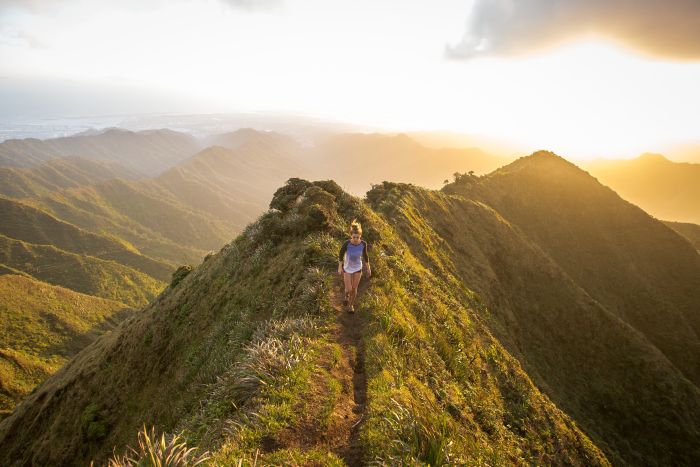
Giving yourself the best chance of avoiding blisters comes down to several main points. The first is to make sure your footwear fits well. If your boots or shoes are slipping too much, or if they are rubbing at certain points then you will be in for a rough time of it. If in doubt on how they should be fitting, make sure you visit someone in an outdoor store to help you out.
You’ll also want to make sure you pick the right socks. Avoid cotton at all costs, choose socks with good wicking properties and try to keep them dry. Some people also stand by the idea of wearing two pairs of socks. The idea is that the two pairs rub together taking the friction rather than your skin taking the brunt of it. Give it a go and see if it works.
As for sprained/twisted ankles, making sure you have appropriate, well-fitting footwear with plenty of ankle support or fitted bandages on uneven ground will go a long way to preventing any unwanted injuries.
It may be worth carrying an ankle support in case of a sprain, and if it does happen, try to stay off your feet and rest, if at all possible. Elevating the injury should also help reduce swelling. Applying an ice pack will also help with the latter, and Blue Lion offer an instant ice pack which can be used wherever you are in the world.
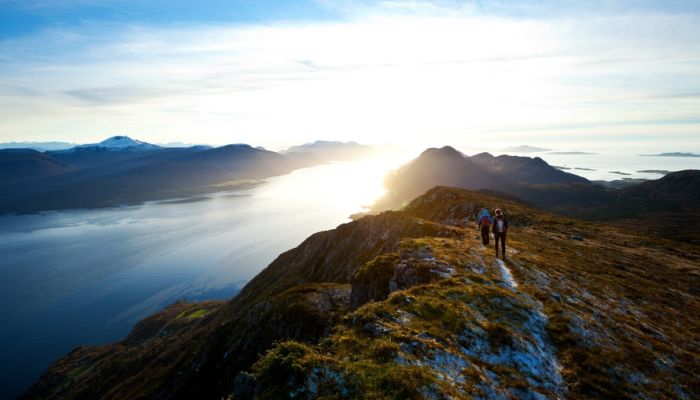
Minor scrapes and abrasions are also common injuries while spending time outdoors, so it’s important to make sure you have plenty of plasters, bandages, anti-septic cream and sterile wipes to hand to ensure minor wounds are kept clean.
The Blue Lion range from Kays Medical supplies a wide range of travel and hiking specific first aid kits including a Medical Travel Kit, Overseas Sterile Pack, Expedition First Aid Kit, Insect Bite Relief & Repellent Kit, Travel First Aid Kit, as well as blister plasters, bandages and dressings along with a whole host of other essential medical items.
Sunburn
It seems like an obvious one, but so many people fall foul of the sun when out on expeditions. It’s easily done. Make sure you regularly apply a high factor sun cream and if possible, cover up as much of your skin as possible. Remember, the sun can be much stronger when you are at altitude. Make sure you take some form of after sun with you in case the (often) inevitable happens.
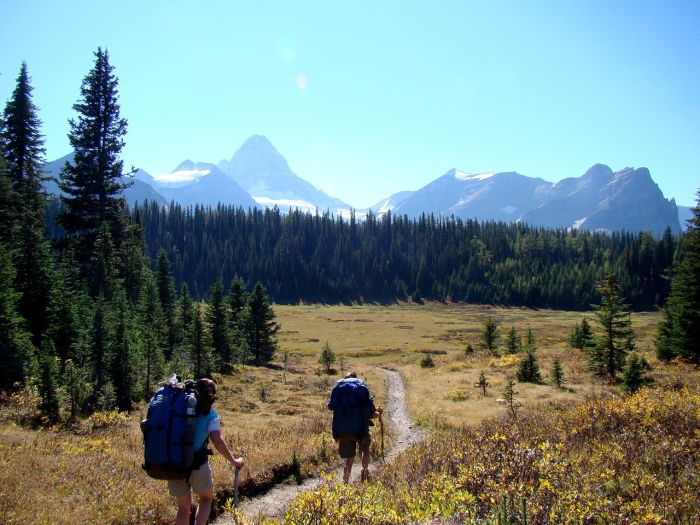
Altitude sickness
Altitude sickness is one of the biggest dangers facing people on their outdoor adventures. Also known as Acute Mountain Sickness (AMS), it can be felt by anyone hitting heights of 2,500m and above.
Symptoms of mild altitude sickness include headaches, shortness of breath, dizziness and nausea and vomiting and it is of vital importance to be aware of these signs so altitude sickness can be recognised before it turns serious.
In the case that the condition has progressed past the mild stages, the injured party is likely to experience the above symptoms to a greater extent, as well as confusion, irrational behaviour, blurred vision and hallucinations to name but a few.
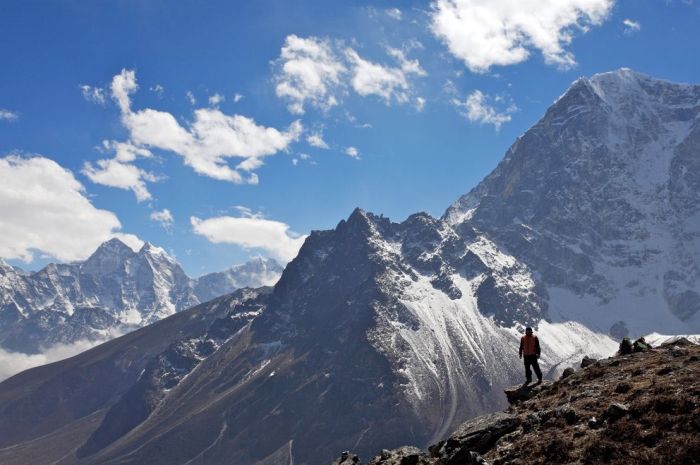 Photo: Philip Milne
Photo: Philip Milne
You can limit your chances of developing altitude sickness by ascending slowly, drinking plenty of fluids and consuming energy-rich foods, but beyond that, you can also take medication.
Acetazolamide is a prescription medicine (available from Kays Medical when provided with the correct documentation) that is known to reduce symptoms by balancing the chemical changes in your brain that occur as a result of altitude sickness.
Honestly though, if you start to suffer from altitude sickness, stop ascending, and if it gets worse, make sure you descend immediately and seek medical attention.
Diseases and other health threats
While you won’t be at risk if you are adventuring in the UK, there are certain diseases that may pose a threat when you explore further afield, especially if you’re heading to the likes of South America, Africa and Asia.
One of the major threats in some of the nations found on these continents is malaria, a serious tropical disease spread by mosquitoes. It’s important to check whether or not you’ll be travelling to a malaria risk zone well in advance of your expedition, as you may need to begin taking a course of anti-malarials before you head out.
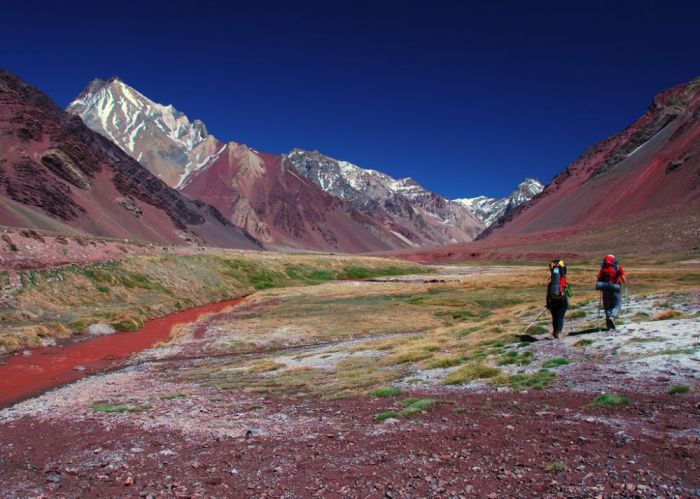 Photo: Russ Osborne
Photo: Russ Osborne
Beyond this, your best bet is to make sure you use a mosquito net, cover up your arms and legs when possible and use a strong insect repellent with DEET.
Other preventative measures should also be considered depending on where you are travelling to, and may include vaccines for hepatitis A, tetanus, typhoid, hepatitis B, rabies and yellow fever. As ever, make sure you consult a travel health expert well in advance of your trip to check what you may need.
Kays Medical is one of the UK’s largest independent suppliers of first aid and supply a comprehensive range of Blue Lion travel health products. Whether you are hiking or backpacking through a remote destination abroad or through some of the spectacular routes in the UK, Kays Medical’s Blue Lion range of travel first aid, altitude sickness tablets and vaccines will enable you to get the essential items you need all from one place.
To see their wide range of travel items, visit www.bluelion.co.uk, contact 0151 482 2113 or email [email protected].



